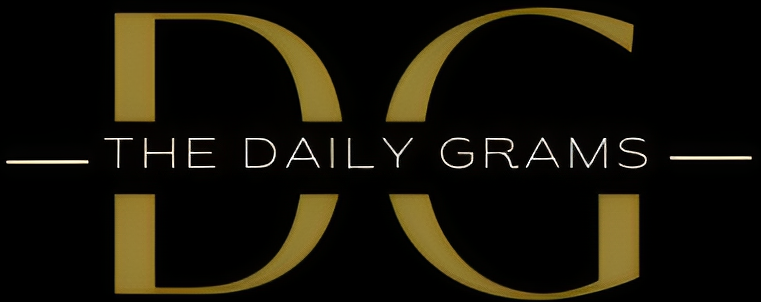Gold Under Pressure:
Navigating U.S. Economic Waters Amidst Q4 GDP Expectations
In the ever-shifting landscape of the gold market, currents of uncertainty are palpable as all eyes turn to the impending release of the United States Gross Domestic Product (GDP) data for Q4. A pivotal factor, this data holds the reins in influencing future interest rate projections, creating ripples in the gold market. Let’s embark on a jour ney through the nuances of this intricate dance, exploring how gold grapples with the ebb and flow of economic expectations.
ney through the nuances of this intricate dance, exploring how gold grapples with the ebb and flow of economic expectations.
Economic Strength and Rate Cut Expectations
The robust PMI data from S&P Global paints a picture of a resilient U.S. economy, standing tall against the whispers of early interest rate cuts by the Federal Reserve (Fed). With upbeat labor market conditions and robust consumer spending, the Fed finds itself hesitating to endorse a narrative of imminent rate cuts. The prospect of rate cuts throughout the year, once considered a certainty, now sets a positive tone for the economic outlook.
Core PCE Data: A Crucial Element
The heartbeat of the upcoming economic decisions lies in the core Personal Consumption Expenditure price index (PCE) data for December. This data, a reflection of underlying core inflation, holds the key for Fed policymakers as they navigate the complex terrain of interest rate policy.
Gold Prices in Limbo
Gold prices find themselves in a sideways dance, hovering around $2,015, as the market eagerly anticipates cues from the U.S. Q4 GDP data. Expectations project a more tempered expansion of 2.0%, down from the robust 4.9% growth recorded in Q3 2023. A moderate economic expansion could assuage concerns about persistent inflation, potentially altering the Fed’s stance on interest rates.
Changing Odds in the Market
The CME Fedwatch tool reveals a shift in expectations, with the likelihood of a 25 basis-points interest rate cut in March decreasing to 42.4%. The strong recovery in U.S. PMIs in December, surpassing expectations in both the Manufacturing and Services sectors, plays a pivotal role in this shift.
U.S. Economic Activity in 2024
Buoyant U.S. economic activity at the start of 2024 not only improves the overall outlook but also boosts business confidence. The hope for easing inflation, addressing cost-of-living challenges, and lowering borrowing rates contributes to a positive sentiment in the market.
Gold’s Decline Amidst Strong U.S. PMIs
Gold faces headwinds as demand for safe-haven assets diminishes after the release of robust U.S. PMI reports. A test of support levels at $2015 – $2025 could potentially propel gold to the next support zone in the $1970 – $1980 range.
Looking Ahead
As the Fed is anticipated to maintain the status quo in the upcoming week, a stubborn inflation report might steer towards endorsing higher interest rates at least until the first half of 2024. The Fed’s approach, less accommodative due to concerns about inflation, could signal a departure from past practices.
Conclusion
In conclusion, the gold market finds itself at a crossroads, navigating through uncertainties and awaiting cues from the U.S. economic data, especially the Q4 GDP figures. The outcome of this data will play a pivotal role in shaping the future trajectory of interest rates, influencing the delicate balance between gold and the U.S. Dollar. As the economic waters ebb and flow, the resilience of the U.S. economy becomes a central narrative, with implications for gold investors and market participants alike.
Read More – Gold Prices: Riding the Wave of Optimism Despite Economic Uncertainty
